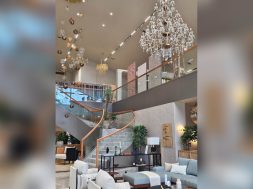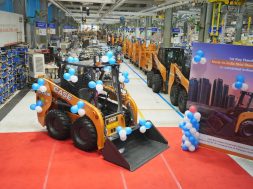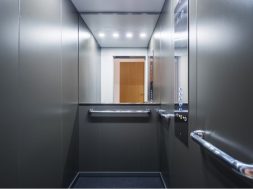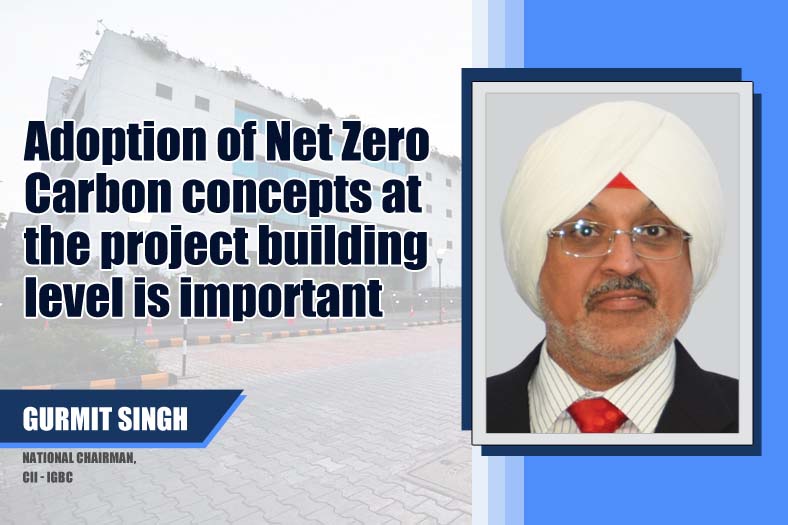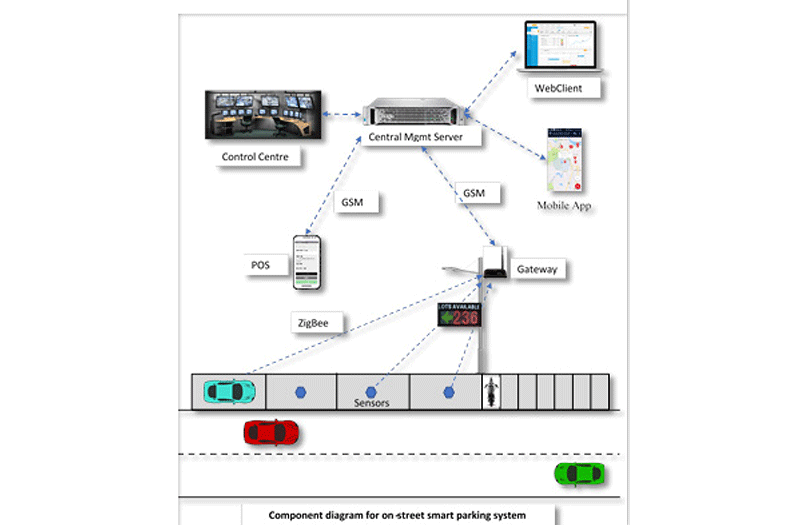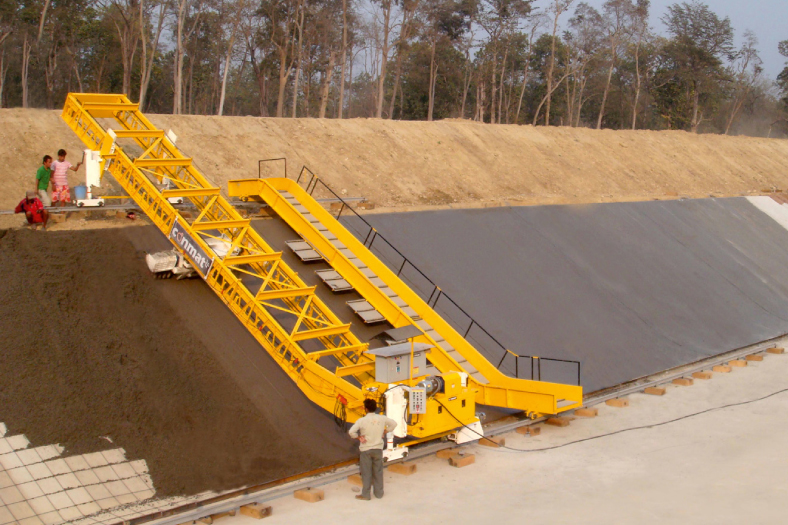Green Building Trends for 2017

What was essentially thought to be a predominant application for the advance economies, the positive notions of the green building concept, has trickled down to the developing nations as well at a remarkable pace.
It is interesting to observe that over the years “Green Building concepts” have not only progressed as a sustainable design approach towards promoting environmentally friendly construction practices, but has also established itself as long term cost saving benefit because of the possibility of saving energy and reducing dependence on non-renewable resources.
Today, Green Buildings represents one of the most significant and most exciting opportunities for sustainable growth at both national and global level. Owing to the fact that the design of built environment has an impact on all of us, on our economies and the natural environment, the objective of the Green Building philosophy is to focus building construction towards sustainability.
In a nut shell, “Green” in today’s context refers to any process adopted to achieve the following:
• Savings in energy consumption
• Reducing dependence on non-renewable resources
• Adopting natural processes and being environmentally responsible.
When it comes to homes or buildings, A “Green Home” is a building that follows the above principles of sustainability and is resource efficient throughout the life-cycle of the building.
Choosing a green building for a home is not just an option but a lifelong commitment to uphold the virtues of natural, sustainable living, a conscious decision to arrest resource depletion and protect nature.
According to a DODGE (Data &Analytics) Report on World Green Building Trends-2016, developing markets like India, expect the greatest growth in green buildings in the coming years. The report states “The percentage of firms expecting to have more than 60 per cent of their projects certified green is anticipated to more than double from 18 per cent currently to 37 per cent by 2018.”
The anticipated growth is largely driven by countries that still have developing green markets. Mature markets in the US and Europe (including Germany, Poland and the UK) report moderate levels of growth. In contrast, respondents from Mexico, Brazil, Colombia, Saudi Arabia, South Africa, China and India report much more dramatic growth in the percentage of their projects that they expect to certify as green.
According to the report, while client demand has consistently been an important trigger in the studies conducted in 2008 and 2012, it takes a significant leap in 2015 as one of the top triggers driving future green activity, from 35 per cent in 2012 to 40 per cent in 2015. Clearly, recognition by owners of the benefits of green is critical to sustaining green market growth globally.
Environmental regulations also experienced an uptick in the percentage who selected it as a top trigger, driven by a high level of response from a few regions, including India, Singapore and the UK.
India anticipates growth that would significantly outpace global averages in two sectors:
New commercial buildings (office, retail, hotel): 61 per cent of respondents from India expect to build in this sector in the next three years, compared with 46 per cent worldwide.
New high-rise residential buildings (four or more floors): 48 per cent of respondents from India expect to build in this area over the next three years, compared with only 25 per cent globally.
In contrast, a much lower per cent age of respondents anticipated doing new green institutional construction (26 per cent) or existing building retrofits (24 per cent) than the global averages of 38 and 37 per cent, respectively. This suggests that green building in India is largely driven by the private sector.
Expected business benefits of green buildings in India
Overall benefits of green buildings
Environmental benefits:
• Reduce wastage of water
• Conserve natural resources
• Improve air and water quality
• Protect biodiversity and ecosystems.
Economic benefits:
• Reduce operating costs
• Improve occupant productivity
• Create market for green product and services.
Social benefits:
• Improve quality of life
• Minimise strain on local infrastructure
• Improve occupant health and comfort.
Some of the building trends that are expected in the coming years in the green building category include:
• LEED rated buildings
• Net-zero buildings
• Water conservation practices
• Extensive use of natural, sustainable green building materials.
LEED rated buildings
A concept that had its roots in USA, a process of certifying Green Buildings by the US Green Building Council or UGBC, its Leadership in Energy and Environmental Design, or LEED certification system, has since become the benchmark for measuring one’s compliance with modern greening standards. The Indian counter IGBC or the Indian Green Building Council also bestows green worthy projects with LEED ratings starting from Silver, Gold to Platinum. The rating system is based on a careful selection of criteria that measures each building project in terms of design, sustainability, use of green building materials, energy savings etc.
Nowadays, LEED ratings have become a thing of pride especially for the organised builder community. Many builders are proactively engaging with architects from the design stage itself to build ‘Green’.
Net zero energy buildings
Although this particular concept is yet to catch up within the Indian real estate community, its success in the West has contributed quite an interest on home ground too. A net zero energy building essentially means a structure that generates enough electricity to meet its own needs.
In this context, we need to understand an important fact. Buildings do not consume, people do. According to the International Energy Outlook 2013, the energy use tracker of the US Energy Information System, the building sector accounts for more than one-fifth of total worldwide energy use, and India mirrors the trend.
According to a report by the Center of Science and Environment (CSE) The Energy Statistics 2013 of India’s National Statistical Organization (NSO) shows electricity accounted for more than 57 per cent of the total energy consumption during 2011-12 in India, and building sector is already consuming close to 40 per cent of the electricity. This is expected to increase to 76 per cent by 2040.
According to the 2020 building directive by the European Union, all newly constructed buildings should become 20 per cent more energy-efficient by the year 2020, thus reducing the emission of greenhouse gases by 20 per cent and increasing the amount of renewable energies by 20 per cent.
Clay building materials specialist Wienerberger has come up with an interesting system that promotes the net-zero energy buildings – e4. The e4 brick house concept demonstrates what can be achieved with bricks and today’s technology together with experts to offer families an energy-efficient, healthy as well as affordable house. It reflects the growing wish of many private builders to make a statement in support of climate protection, while simultaneously realising their own plans. The principles of e4 explain why building the entire house with clay building materials is an excellent choice to reduce electricity consumption by improving the thermal insulation performance of the building.
A report by McKinsey Global Institute says, “In the developed world with its aging infrastructure, the biggest opportunity lies in retrofitting existing buildings, especially with better insulation. In developing economies, improving the energy efficiency of new buildings represents a bigger opportunity. Energy efficient new buildings could require only 20 to 30 per cent of the average consumption of energy of existing buildings in developed countries today”.
As energy consumption from residential buildings is predicted to rise by more than eight times by 2050, it is of vital importance for India to develop energy-efficiency strategies focused on the residential sector to limit the current trend of unsustainable escalating energy demand.
Extensive use of natural, sustainable green building materials
Green building materials continue to increase in numbers in both new construction projects and building restorations. Installation of solar panels on the roof, use of resource efficient clay hollow blocks like Porotherm Smart Bricks from Wienerberger.
Water conservation
Last but not the least, conserving natural resources, especially the misuse of water, is of utmost importance. Construction of building is a highly resource intensive process – right from the use of land, energy, sand, and water, not to mention labour. Water resource management is still a long way to go especially because the amount of water used per unit area of construction, by and large, has remained undocumented. Hence water efficiency in the construction phase becomes important. Not only to save cost but to save the resource as well. Most buildings that are under construction (large apartment buildings for example) rely heavily on ground water to meet their requirement since the government approved water connection takes a long time and generally happens later post handover or may not happen at all, depending on the location of the project. Ground water is very much a non-renewable resource and hence it is very important to save this. A typical urban construction in India consumes around the range of 27 kilolitres of water per total built up area. In this, consumption of water at the masonry stage is the highest. Innovative masonry technology like substituting conventional mortar with dry mortar solutions like Porotherm Dryfix system can do away with water, sand and saves labour and curing time.
Authored by__
Anasua Mitra
Manager Marketing, Wienerberger India
6
Cookie Consent
We use cookies to personalize your experience. By continuing to visit this website you agree to our Terms & Conditions, Privacy Policy and Cookie Policy.

